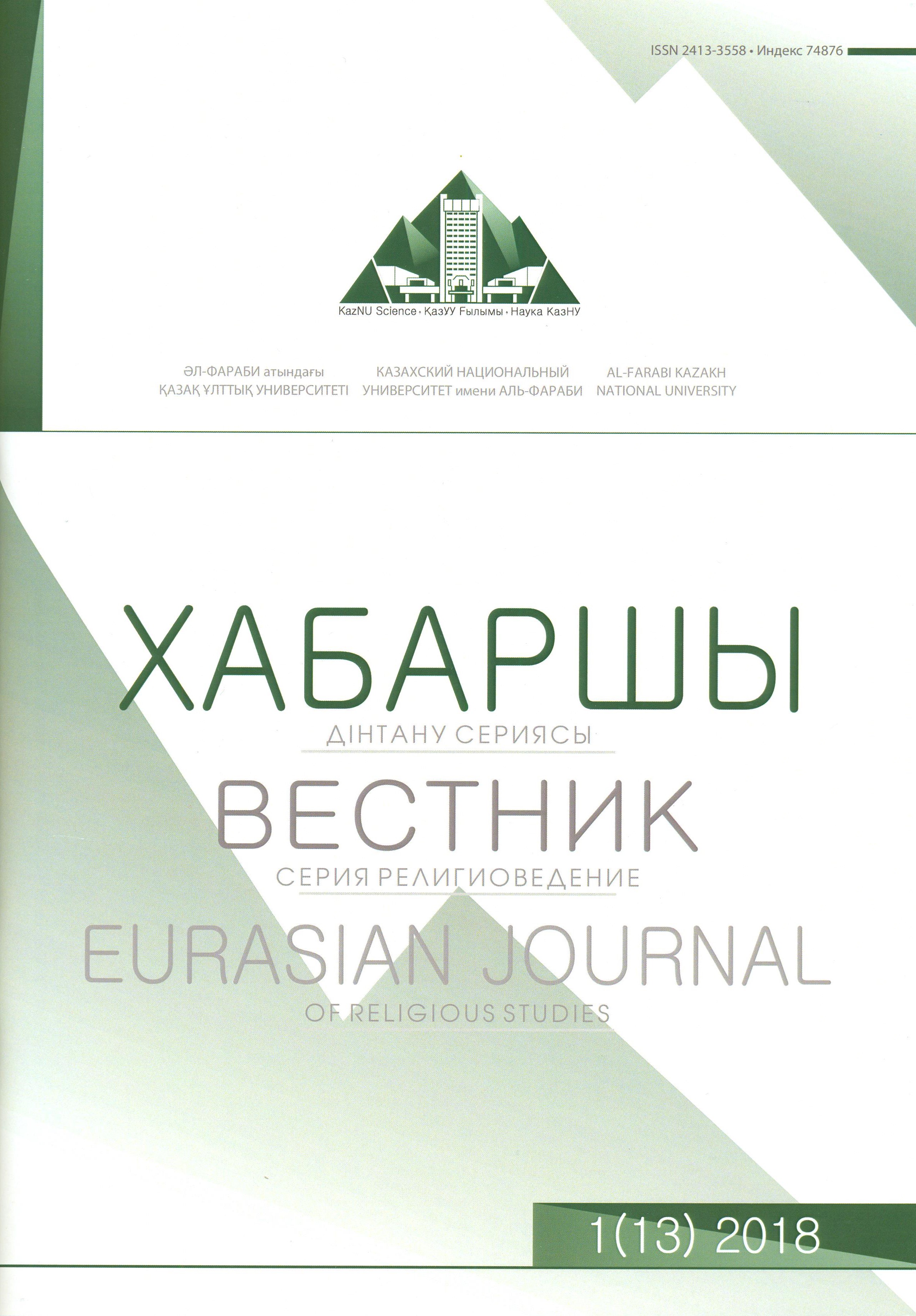Religious-sociological analysis of methods of combating extremism in the religious sphere
DOI:
https://doi.org/10.26577/ejrs-2018-1-142Abstract
In our days, one of the most pressing problems is religious extremism, which is seen as a weighty threat to world security. As a sensitive sphere, religion, as well as religious consciousness, submits more to the irrational, the sensual than the rational. Proceeding from this, it can be argued that managing the consciousness of certain social groups by means of religion is not only understandable, but also easy, and also an effective measure. From history it is known that the use of religion for selfish ends leads to irreversible, negative consequences.
Therefore, in our days, the task of the highest priority for the world community is the fight against religious extremism. Based on this, it was decided to conduct a study, the purpose of which is to analyze methods of combating this phenomenon.
The theoretical basis of our study is the work of Kazakh, Russian and foreign scholars dealing with this issue.
Based on the material studied, the conclusions were drawn according to which the causes of the emergence and spread of religious extremism are social, economic and spiritual crises , such as a sharp decline in the standard of living, material inequality, fear of the future, problems with employment, as well as education, including religious . Based on the findings, the authors developed a model for opposing religious extremism and terrorism.
In general, the data obtained can be used to create programs to counter extremism and terrorism, to prepare counteragitational lectures for the work of information groups, as well as for lectures in such disciplines as religious studies, history, political science and sociology of religion.




